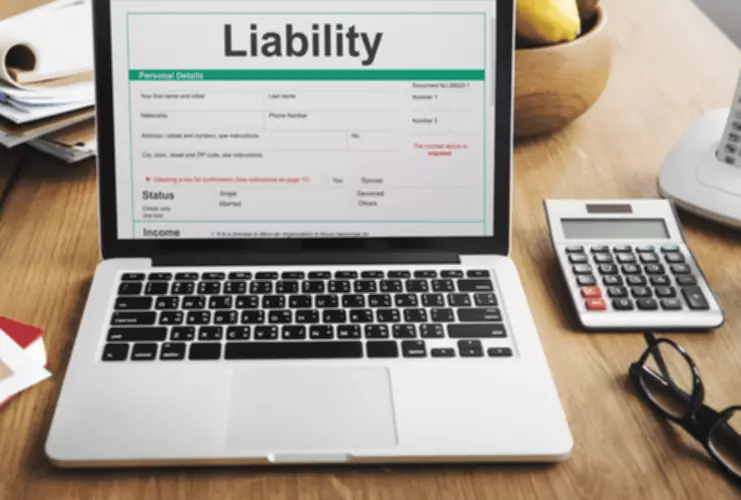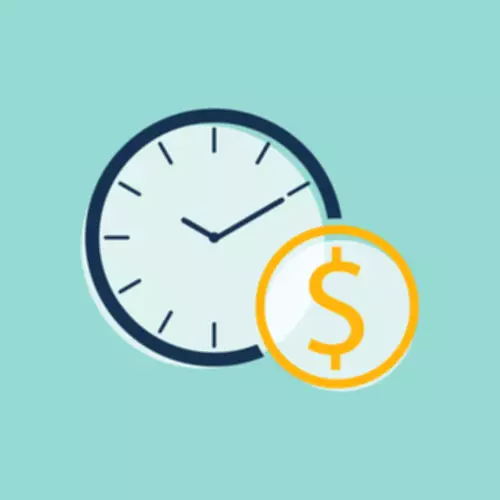Content

The first step is to choose the reporting date, or when you’re compiling the report, and a reporting period, which is the period of time you’re reporting on. If you want a program that has built-in functionality to help you enter data and make calculations more efficiently, considerinvesting in an accounting software program. There are a wide range of software programs that cater to users from beginner to advanced, so you can choose one that works for your current skill level. If you don’t already have a basic understanding of accounting, you may want to invest in an advanced software program that does most of the work for you. If you’re using an accounting software, it can create a balance sheet for you as long as you enter all your transactions such as general ledger postings and journal entries. You could lose money by investing in a money market mutual fund. Although the fund seeks to preserve the value of your investment at $1 per share, it cannot guarantee it will do so.
Edited Transcript of GFRD.L earnings conference call or presentation 23-Sep-22 1:30pm GMT – Yahoo Finance
Edited Transcript of GFRD.L earnings conference call or presentation 23-Sep-22 1:30pm GMT.
Posted: Fri, 23 Sep 2022 07:00:00 GMT [source]
The typical naming convention includes the words “Balance Sheet” with your company name and the date for the end of the fiscal year or quarter underneath. He received his MA in Accountancy from the California State University – Sacramento in 2011.
What’s on a balance sheet?
If a company takes out a five-year, $4,000 loan from a bank, its assets will increase by $4,000. Its liabilities (specifically, the long-term debt account) will also increase by $4,000, balancing the two sides of the equation.
- An asset is anything a company owns which holds some amount of quantifiable value, meaning that it could be liquidated and turned to cash.
- Prepaid expenses represent the value that has already been paid for, such as insurance, advertising contracts, or rent.
- For noncurrent assets in particular, you should be prepared to explain how you determined their fair value.
- Liabilities refer to the amount the company owes to third parties, including banks, suppliers, landlords, and the government.
- A good example of this is if you offer net payment terms of 30, 60, or 90 days to your customers to pay your invoices.
- Some candidates may qualify for scholarships or financial aid, which will be credited against the Program Fee once eligibility is determined.
- A liability is something a person or company owes, usually a sum of money.
He’s been using, discovering, and exploring PCs since Windows 95 and was on board the Android bandwagon since Gingerbread. He started occasionally writing in 2015 and transitioned to it full-time in 2020. Jowi finished a university degree with related units in journalism in 2012. But even before he stepped into university, he’s been known by his friends and family as the go-to person when anything computer-related requires explanation. Take note that the total values for the Assets section and the Liabilities and Owner’s Equity section should match. Lastly, Owner’s Equity consists of Owner’s equity, which is the amount you put in the business. If you’re running a corporation, both this section and its subsection are called Shareholders’ Equity instead.
How to Set Up a Chart of Accounts for a Service Business LLC
The comparative balance sheet presents multiple columns of amounts, and as a result, the heading will be Balance Sheets. The additional column allows the reader to see how the most recent amounts have changed from an earlier date. This is the value of funds that shareholders have invested in the company. When a company is first formed, shareholders will typically put in cash. For example, an investor starts a company and seeds it with $10M. Cash rises by $10M, and Share Capital rises by $10M, balancing out the balance sheet.
- This includes amounts owed on loans, accounts payable, wages, taxes and other debts.
- Once you’ve set a date, your next task is to list out all of your current asset items in separate line items.
- It’s particularly important because it allows you, stakeholders, and potential investors to assess the business’s risks and returns and make adjustments to your working capital if needed.
- The total shareholder’s equity section reports common stock value, retained earnings, and accumulated other comprehensive income.
- Other assets are generally intangible assets—such as patents, royalty arrangements and copyrights.
- As companies recover accounts receivables, this account decreases, and cash increases by the same amount.
By far, the easiest, and most accurate way to produce a balance sheet is to use accounting software. By tracking all of your transactions in your accounting software application, you can have an accurate balance sheet in seconds. Bookkeepers and accountants should be preparing a balance sheet at the end of every accounting period particularly since GAAP rules require all U.S. corporations to issue a balance sheet report. Current Assets is an account on a balance sheet that represents the value of all assets that could be converted into cash within one year. Accounts payable is debt obligations on invoices processed as part of the operation of a business that are often due within 30 days of receipt.
Reader Success Stories
Working capital, or net working capital , is a measure of a company’s liquidity, operational efficiency, and short-term financial health. Additional paid-in capital or capital surplus represents the amount shareholders have invested in excess of the common or preferred stock accounts, how to make a balance sheet which are based on par value rather than market price. Shareholder equity is not directly related to a company’s market capitalization. The latter is based on the current price of a stock, while paid-in capital is the sum of the equity that has been purchased at any price.

Include a subtotal of long-term liabilities and label this line “Total Long-term Liabilities.” Beneath it, list the name of the organization, and the effective date of the balance sheet . Consider your company’s investment objectives and relevant risks, charges, and expenses before investing. Review the background of Brex Treasury or its investment professionals on FINRA’s BrokerCheck website. Ramp analyses every transaction and identifies hundreds of actionable ways your company can cut expenses and alerts your team via email, SMS, or Slack. It’s like having a second finance team, laser-focused on cutting costs. An accounting experience by finance teams, built for speed and efficiency.
Balance Sheet Template
It refers to the total investment in a startup business and additionally earned income over a period. In an unclassified balance sheet, you have to list rather than categorize items.
- This could make it harder to get financing at a favorable rate.
- List the liability totals for current and long-term liabilities, and total the liabilities at the end of the liability section.
- To make a balance sheet for accounting, start by creating a header with the name of the organization and the effective date.
- John Gillingham is a Certified Public Accountant, the Owner of Gillingham CPA, PC, and the Founder of Accounting Play, Apps to teach Business & Accounting.
A liability is anything a company or organization owes to a debtor. This may refer to payroll expenses, rent and utility payments, debt payments, money owed to suppliers, taxes, or bonds payable.
.By using this service, some information may be shared with YouTube.
The Current Ratio and Quick Ratio are examples of liquidity financial metrics. https://www.bookstime.com/ The left side of the balance sheet outlines all of a company’s assets.
The Ascent is a Motley Fool service that rates and reviews essential products for your everyday money matters. While having a template can speed the process considerably, you’ll still have to calculate the number and run the risk of error. Dividends payable is dividends that have been authorized for payment but have not yet been issued.